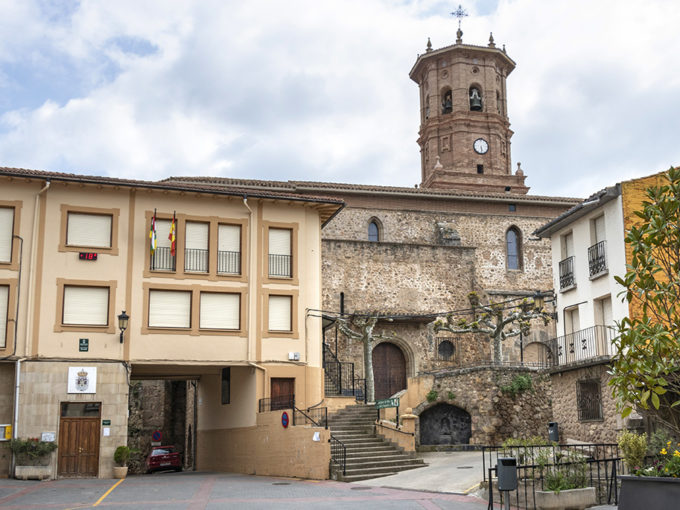
1 · Parish church of La Asunción
It is reached through a stairway that, from the square, gives access to a building started in the XVI century, but which has undergone numerous restorations

En uno de sus valles recorrido por el río Iregua, está el Camero Nuevo, tierra de bosques, pastizales, cumbres y pequeños valles, donde se sitúan 13 pueblos con historia, tradiciones y leyendas, que siglos atrás se agruparon bajo la denominación de Hermandad de las 13 Villas.
El viajero intuye rápidamente que Viguera fue un enclave importante donde se unieron influencias de varios pueblos. Su acceso porticado nos habla de antiguo enclave defensivo, y un paseo a su mirador nos confirma su privilegiada situación.
Ese aspecto rural y tradicional, contrasta con su riqueza fabril basada en el aprovechamiento de cal y yeso, y en una industria chacinera surgida de la matanza familiar y que ha alcanzado un gran prestigio nacional.
Entre sus peñas intuimos el cambio de La Rioja frutera, vinícola y hortelana, hacia un territorio ganadero y forestal. Viguera dispone de otros dos núcleos de población, sobre la carretera N-111: Panzares y Castañares de las Cuevas.
Su población en 2017 era de 408 habitantes. Altitud: 698 m.
669 12 51 01
info@casasenderuela.com
C/ Monte, 7. Panzares
941 49 01 34
609 53 39 90
luismiguelmoyamoyano7@gmail.com
C/ Santa Lucía, 5. Panzares
941 44 20 57
629 38 65 89
elrefugioviguera@hotmail.com
C/ Horno, 3

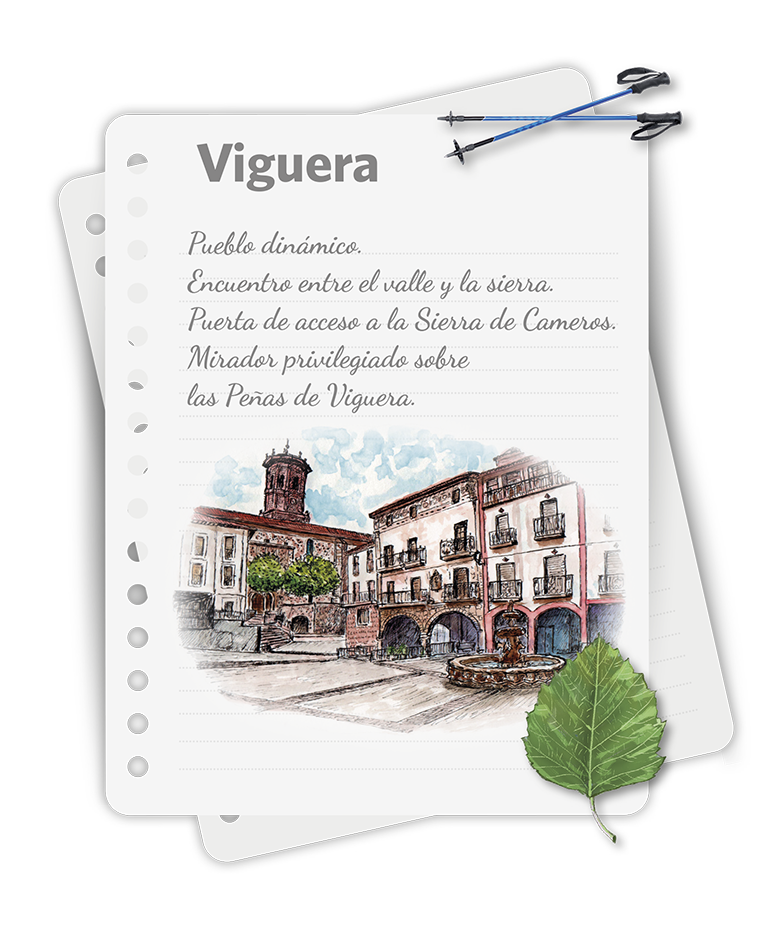
The traveller quickly senses that Viguera was an important site where influences of several towns were united. Its arcades indicate an old defensive enclave and a walk to its viewpoint confirms its privileged situation.
This rural and traditional aspect contrasts with its industrial wealth, based on the use of lime and gypsum and in a pork-butcher industry that emerged from the home slaughtering, which has achieved great national prestige.
Among its rocks, we perceive the change from the fruity, wine and horticultural Rioja towards a farming and forestry territory. Viguera has two other population centres on the road N-111: Panzares and Castañares de las Cuevas.
Population in 2017: 408 inhabitants. Height: 698 m.
669 12 51 01
info@casasenderuela.com
C/ Monte, 7. Panzares
941 49 01 34
609 53 39 90
luismiguelmoyamoyano7@gmail.com
C/ Santa Lucía, 5. Panzares
941 44 20 57
629 38 65 89
elrefugioviguera@hotmail.com
C/ Horno, 3

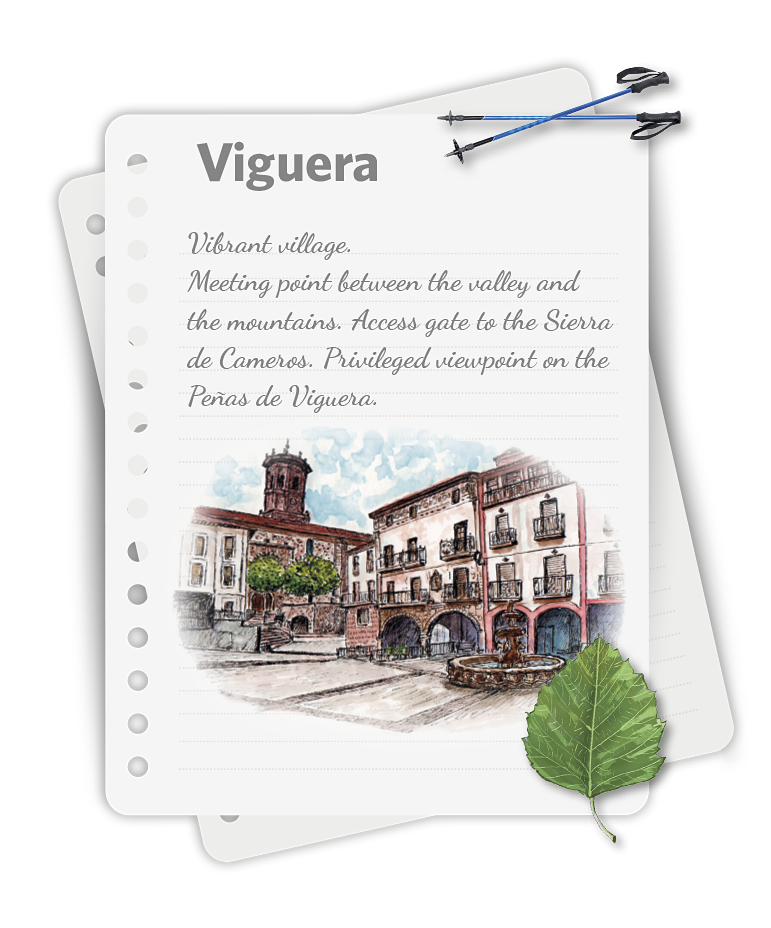

It is reached through a stairway that, from the square, gives access to a building started in the XVI century, but which has undergone numerous restorations
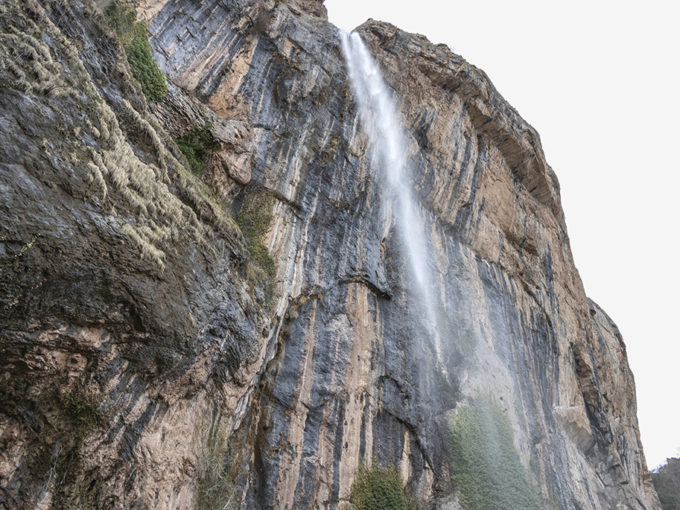
Following a mostly paved track is this rocky cliff that receives water from the area of Peña Saida and Cerroyera, on the border with the Old Camero
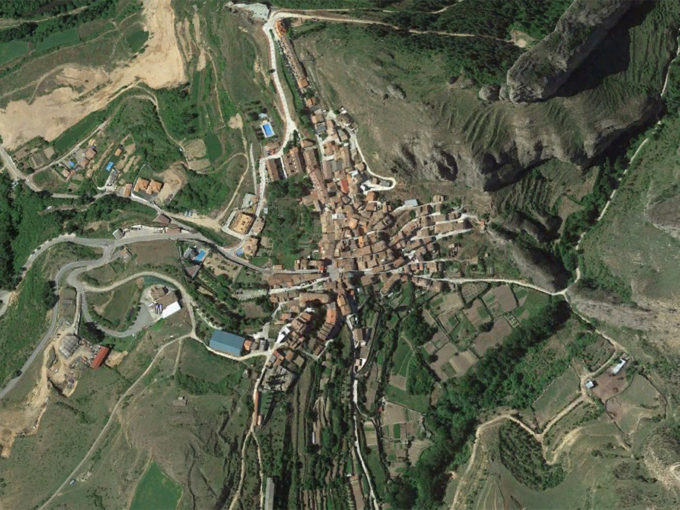
Three Neolithic tombs have been found in the district, and refer us to an age close to 5,000 years before Christ and successive times

The so-called Roman Road that came from Varea over the course of the Iregua enters the Sierra de Cameros by Viguera and runs to the base of the port of…
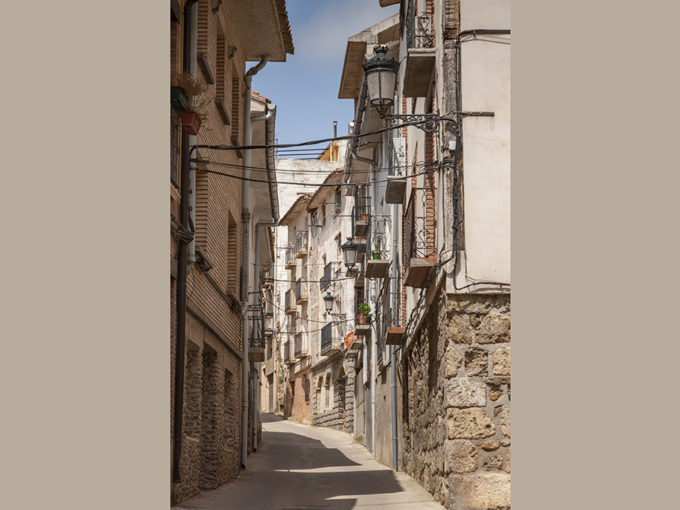
Two types of architecture are mixed in the farmhouse: that of the valley together with that of the sierra
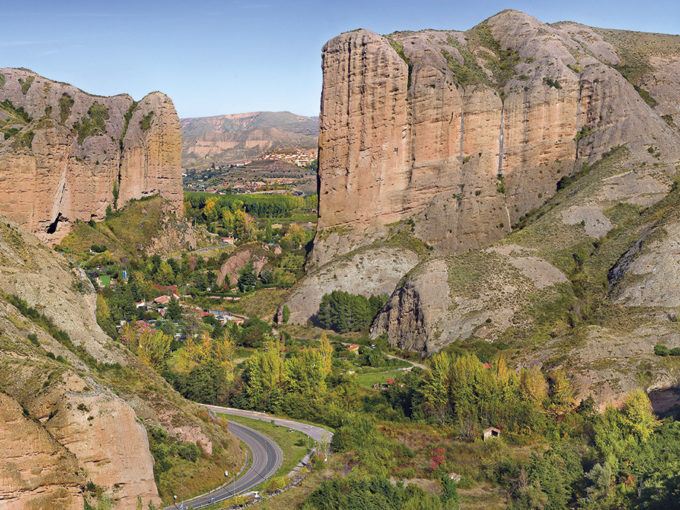
Leaning from this place, we understand the designation of Viguera as Door of Cameros. Observing the Iregua River, downstream, the farmland can be seen
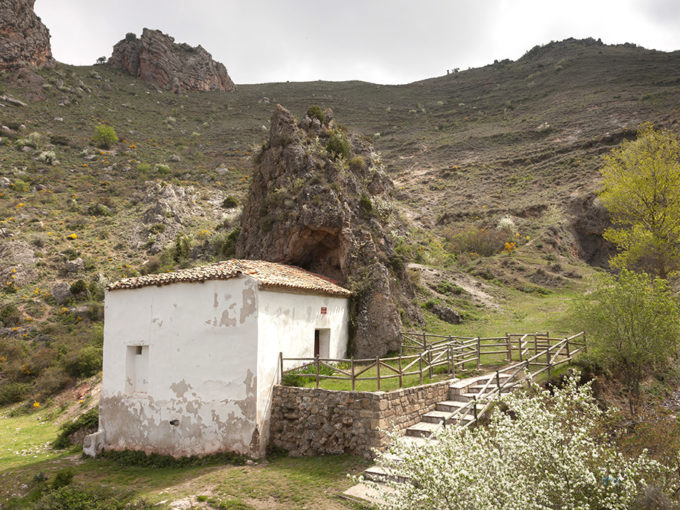
It is located a few metres from the town centre, on the way to the Bridge. It is an XVIII century building that has undergone different modifications throughout history
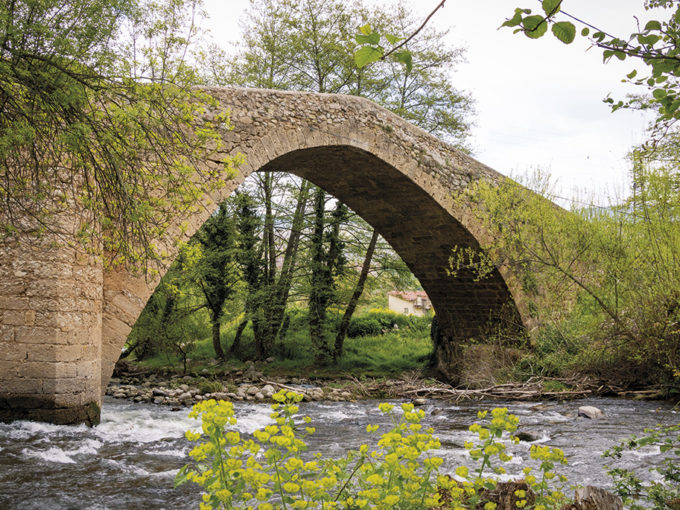
Although known as 'Roman Bridge', it is a Medieval Bridge rebuilt in the XVI century as a result of a big flood of the Iregua River
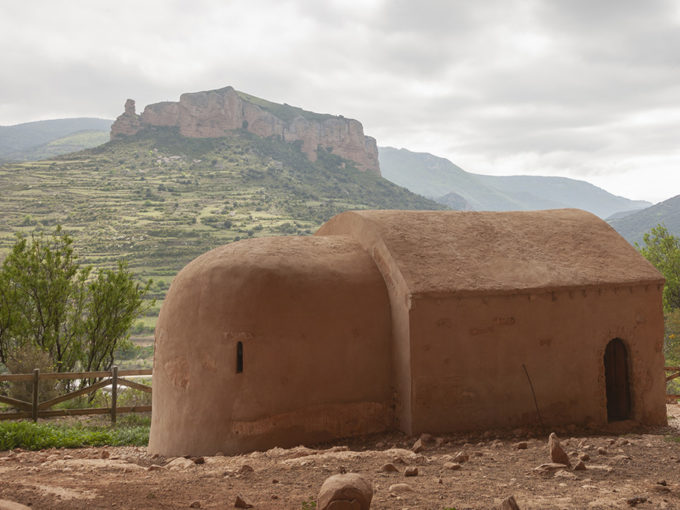
It is a unique chapel that is protected by a rocky ledge that covers it. It looks like a church with a hermitic character related to the different caves
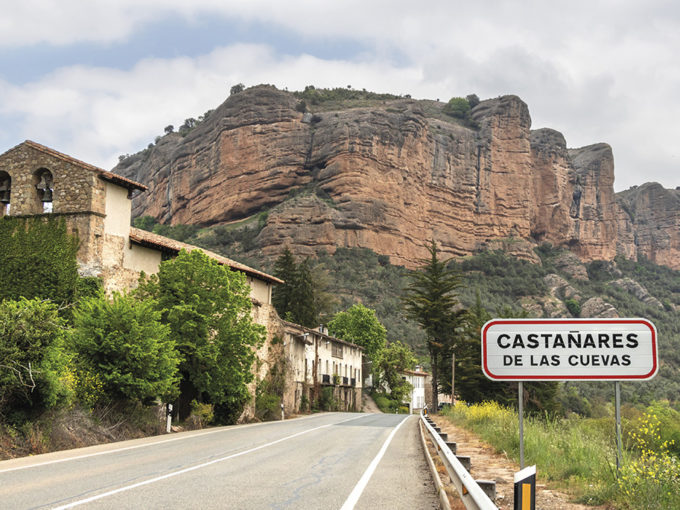
Village located on the N-111 road. It has a longitudinal farmhouse that follows the route. Its parish church is devoted to the Assumption of the Virgin
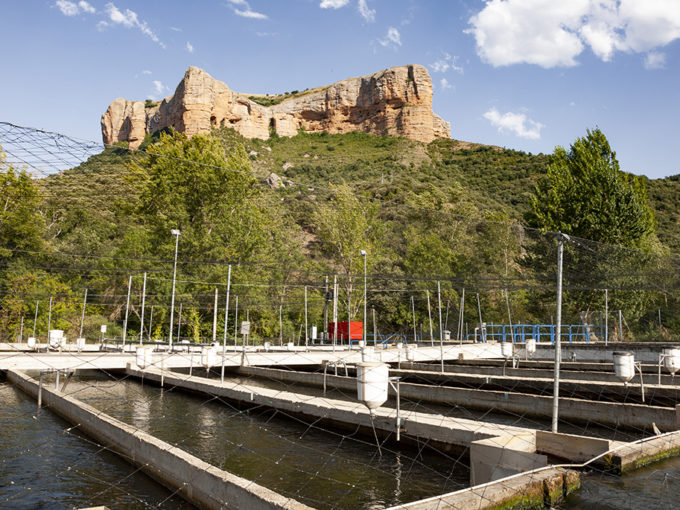
The Iregua is a reference trout river in La Rioja and Viguera has a fish farm that is dedicated to producing it
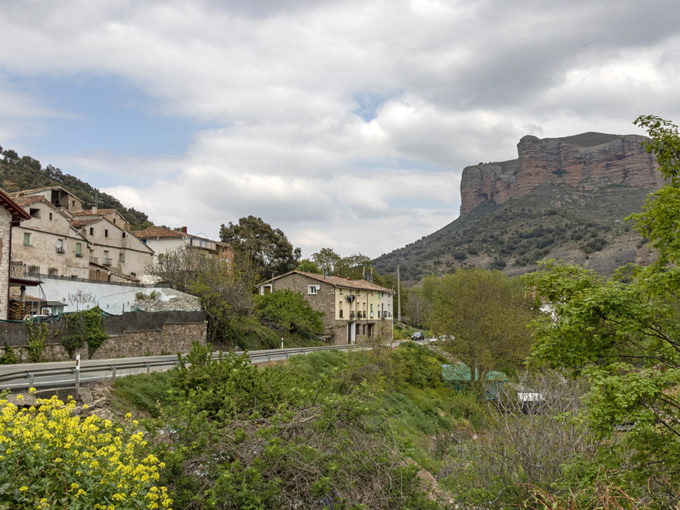
Small quiet village located on the N-111 road, which emerges from an old inn that provided shelter and food to the carts that went up to the mountains
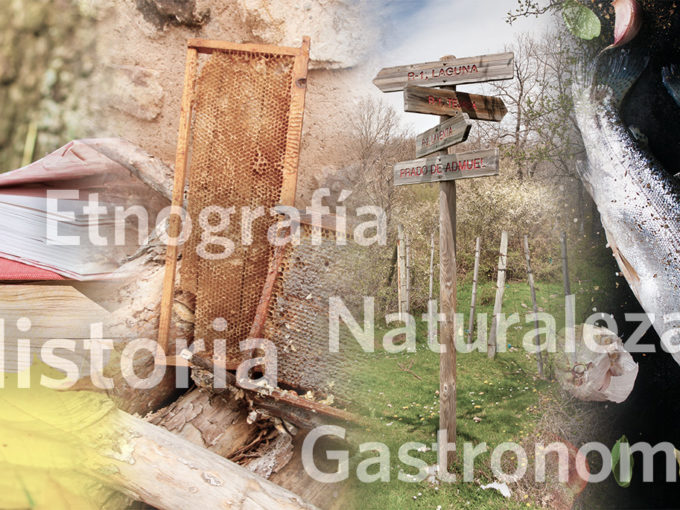
In the X century, Viguera was a bordering town that had been occupied for two centuries by the Arab family Banu Quasi